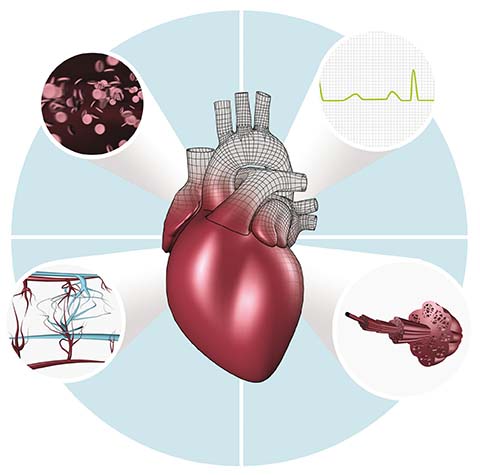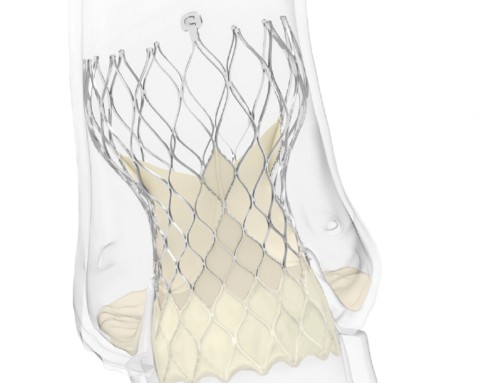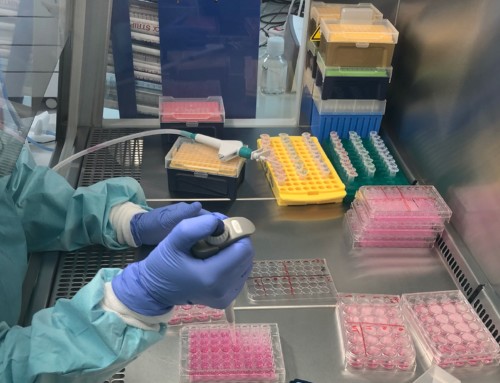
The FDA has approved the Barostim Neo system (CVRx) for the improvement of symptoms in patients with advanced heart failure who are not suited for treatment with other heart failure devices, such as cardiac resynchronisation therapy. A press release reports that, previously, the FDA gave the device a Breakthrough Device designation because it treats a life-threatening disease, heart failure, and addresses an unmet medical need in patients who fail to get adequate benefits from standard treatments and have no alternative treatment options.
The Barostim Neo system includes a pulse generator that is implanted below the collar bone and is connected to a lead that attaches to the carotid artery in the neck. After the device is implanted, a physician tests and programmes the device, which delivers electrical impulses to cells in the neck called baroreceptors, which sense how blood is flowing through the carotid arteries and relays information to the brain. The brain, in turn, sends signals to the heart and blood vessels that relax the blood vessels and inhibit the production of stress-related hormones to reduce heart failure symptoms.
The Barostim Neo system is indicated for patients who have a regular heart rhythm, are not candidates for cardiac resynchronisation therapy, and have a left ventricular ejection fraction (the total amount of blood pumped out in each heart beat) of less than or equal to 35%, which is considered below the normal ejection fraction of 55 to 75%. The device is contraindicated for patients with anatomy that would impair implantation of the device, certain nervous system disorders, uncontrolled and symptomatic slow heart rate, atherosclerosis or ulcerative plaques near the implant location and patients with a known allergy to silicone or titanium.
The FDA evaluated data from a prospective, multicentre, two-arm, randomised clinical trial with a total of 408 patients with advanced heart failure. All patients received guideline-directed medical therapy, including medication, and 125 patients also received a Barostim Neo system implant. Patients receiving the implant showed improvements in the distance they were able to walk in six-minute walking tests and improvements in how symptoms impacted their quality of life. Also in the trial, 102 randomised patients with less severe chronic heart failure found benefit in lowering levels of a biomarker that measures heart failure.
Bram Zuckerman (director of the Office of Cardiovascular Devices, Center for Devices and Radiological Health, FDA, USA) says: “Patients with advanced heart failure have limitations of physical activity, experiencing fatigue, palpitation or shortness of breath with activity and may not benefit from standard treatments, including currently marketed drugs and devices. This approval provides patients with a new treatment option for the symptoms associated with advanced heart failure.”
The device was approved using the Premarket Approval (PMA) pathway. Premarket approval is the most stringent type of device marketing application required by the FDA and is based on a determination by the FDA that the PMA application contains sufficient valid scientific evidence to provide reasonable assurance that the device is safe and effective for its intended use(s).
The FDA granted the Barostim Neo System a Breakthrough Device designation, meaning the agency provided intensive interaction and guidance to the company on efficient device development, to expedite evidence generation and the agency’s review of the device. To qualify for such designation, a device must provide for more effective treatment or diagnosis of a life-threatening or irreversibly debilitating disease or condition. All designated devices must meet one of the following criteria: the device must represent a breakthrough technology; there must be no approved or cleared.





